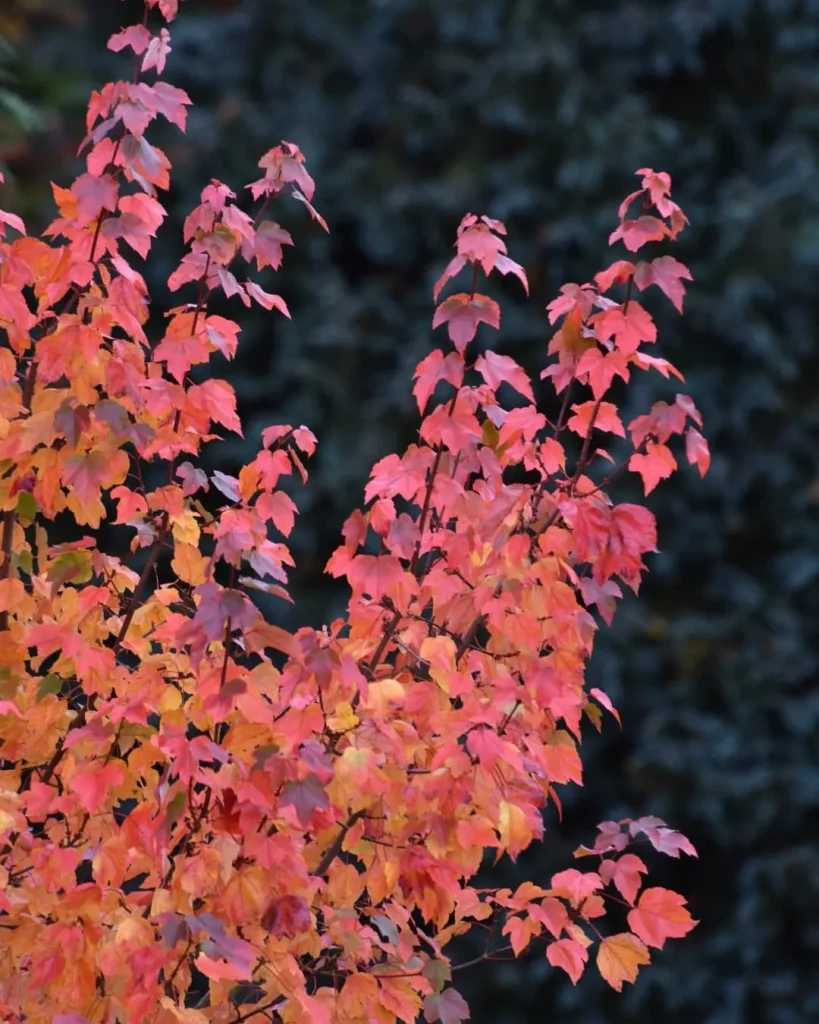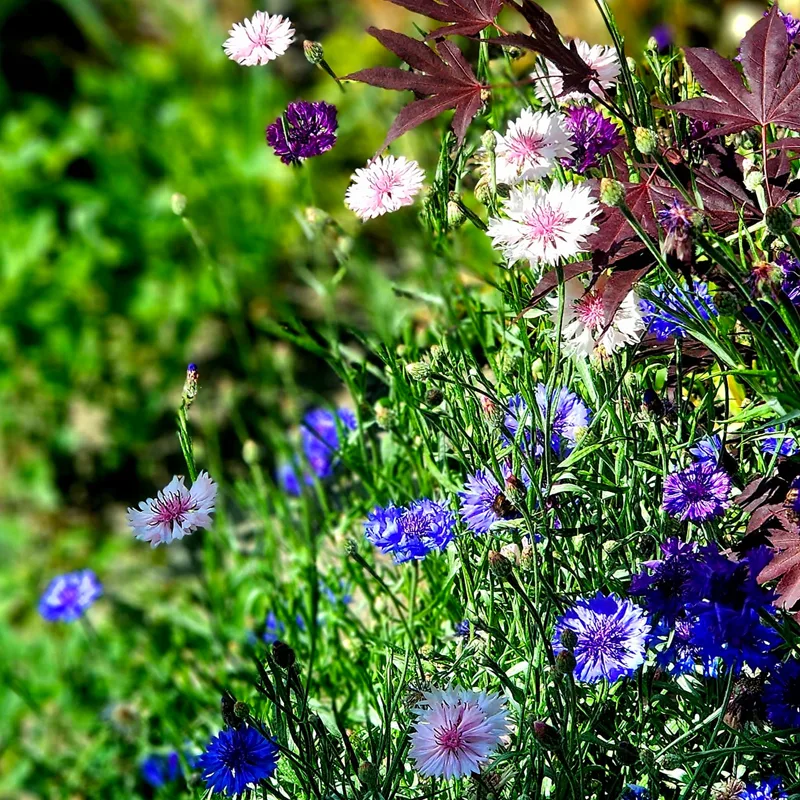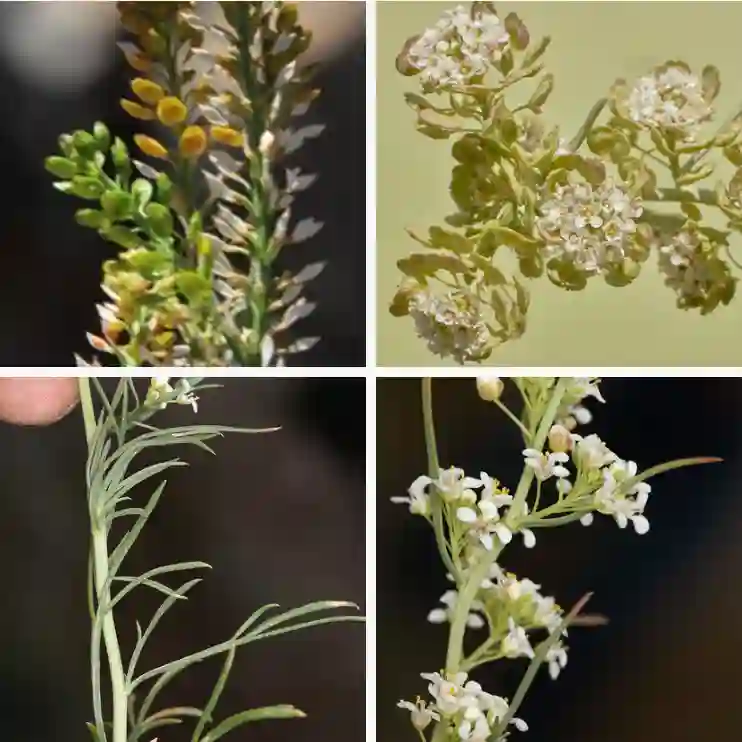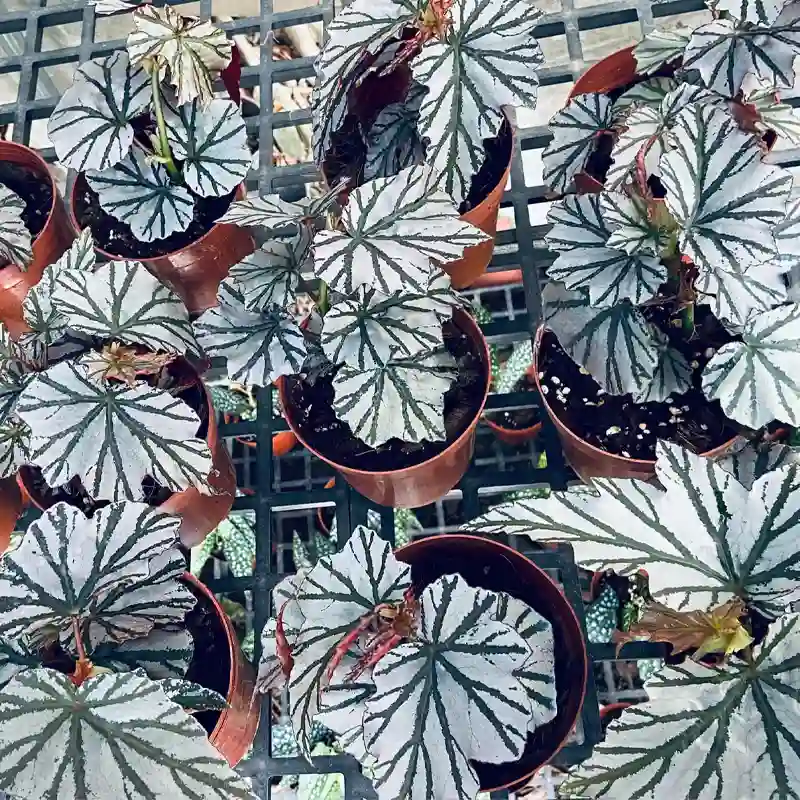FAQs About Nepeta Junior Walker
I’ve had my fair share of experiences with various plants, and Nepeta Junior Walker has been a standout in my garden. This perennial is known for its delightful foliage and charming blue flowers. If you’re considering adding Nepeta Junior Walker to your garden, you might have some questions. Here’s a comprehensive guide based on my experiences and knowledge.
298 Species in Genus Nepeta – Catmint
What is Nepeta Junior Walker?
Nepeta Junior Walker is a type of catmint that belongs to the Lamiaceae family. This plant is renowned for its aromatic leaves and long-lasting blue-purple flowers. Unlike some other catmints, Nepeta Junior Walker is compact, making it ideal for smaller garden spaces or containers. Its resilience and low-maintenance nature make it a popular choice among gardeners.
How to Care for Nepeta Junior Walker?
Caring for Nepeta Junior Walker is straightforward. Here are some tips based on my experience:
- Sunlight: This plant thrives in full sun to partial shade. Ideally, it should receive at least six hours of sunlight per day. In shadier spots, the plant might grow leggy and produce fewer flowers.
- Soil: Nepeta Junior Walker prefers well-draining soil. While it can tolerate a range of soil types, it does best in loamy or sandy soil. Adding compost can improve soil fertility and drainage.
- Watering: Regular watering is crucial, especially during dry spells. However, the plant is drought-tolerant once established. Overwatering can lead to root rot, so ensure the soil dries out between waterings.
- Pruning: To encourage a bushier growth and more blooms, I recommend cutting back the plant after its first flowering. This will help it produce a second flush of flowers later in the season.
- Fertilizing: Nepeta Junior Walker does not require heavy feeding. A light application of a balanced fertilizer in the spring is usually sufficient.
How to Propagate Nepeta Junior Walker?
Propagating Nepeta Junior Walker is relatively easy. Here’s how I’ve done it:
- Seeds: You can start new plants from seeds. Sow the seeds in a seed tray filled with seed-starting mix. Keep the tray in a warm, sunny location. Germination usually takes about 2-3 weeks.
- Cuttings: Taking cuttings is another effective method. In late summer, take 4-6 inch cuttings from healthy, non-flowering stems. Remove the lower leaves, dip the cut end in rooting hormone, and plant them in a pot with a mix of peat and perlite. Keep the cuttings moist and in a warm area until they develop roots.
- Division: For established plants, dividing them every few years helps rejuvenate the plant and control its spread. Dig up the plant in early spring or fall, divide the root ball, and replant the sections.
What to Plant With Nepeta Junior Walker?
Nepeta Junior Walker pairs beautifully with a variety of other plants. I’ve found the following combinations particularly effective:
- Roses: The blue flowers of Nepeta contrast beautifully with the vibrant colors of roses. Plus, Nepeta can help deter pests that commonly affect roses.
- Daylilies: The long blooming period of Nepeta complements the shorter bloom times of daylilies. Together, they create a colorful, dynamic garden bed.
- Salvia: The architectural spikes of salvia add vertical interest next to the mounded form of Nepeta. Both plants also attract pollinators like bees and butterflies.
- Ornamental Grasses: Grasses like feather reed grass or blue fescue provide a nice textural contrast to the soft foliage of Nepeta.
Is Nepeta Junior Walker Toxic?
Nepeta Junior Walker is not toxic to humans or pets. It is safe to have around children and animals. In fact, the aromatic leaves are often used in herbal remedies and teas. However, if your pet is particularly sensitive or tends to chew on plants, it’s always a good idea to monitor them.
Benefits of Nepeta Junior Walker
From my experience, Nepeta Junior Walker offers several benefits:
- Attracts Pollinators: The plant is a magnet for bees, butterflies, and other pollinators, which can boost the health of your garden.
- Low Maintenance: It requires minimal care once established, making it ideal for busy gardeners.
- Drought Tolerant: Nepeta Junior Walker can handle periods of drought, reducing the need for frequent watering.
- Aromatic Foliage: The scent of the leaves can repel pests and is pleasant to humans as well.
Common Problems with Nepeta Junior Walker
While Nepeta Junior Walker is generally trouble-free, here are a few issues I’ve encountered:
- Powdery Mildew: In humid conditions, Nepeta can develop powdery mildew. Ensure good air circulation around the plant and avoid overhead watering to reduce this risk.
- Legginess: If the plant doesn’t receive enough sunlight, it may become leggy. Prune regularly to promote a fuller growth habit.
- Root Rot: Overwatering can lead to root rot. Ensure the soil drains well and avoid waterlogging.
How Does Nepeta Junior Walker Compare to Other Catmints?
Nepeta Junior Walker is often confused with other catmint varieties, such as Nepeta Walker’s Low. While they share similarities, Junior Walker is more compact and has a slightly different flower color. It’s also known for being more resilient in various soil conditions compared to some of its relatives.
Nepeta Junior Walker is a fantastic addition to any garden. With its vibrant flowers, ease of care, and numerous benefits, it’s a plant that I’m always happy to recommend. Whether you’re a seasoned gardener or a beginner, this catmint will bring charm and beauty to your outdoor space.
If i die, water my plants!



